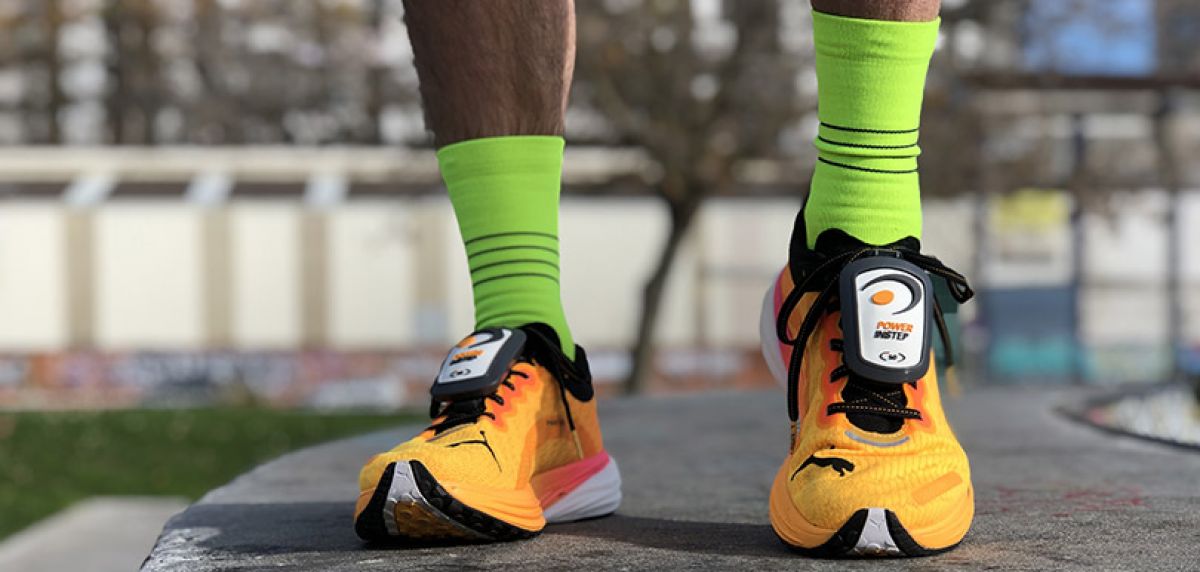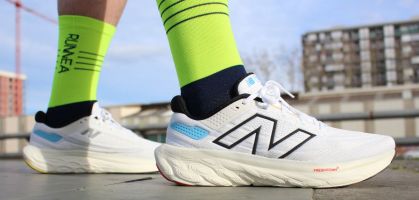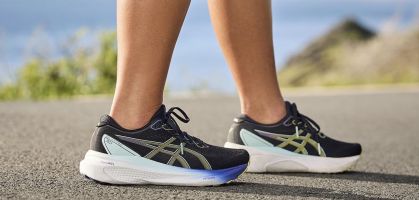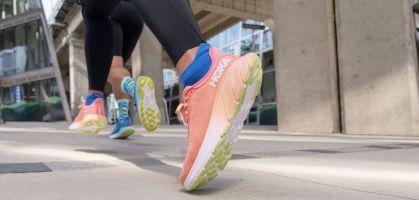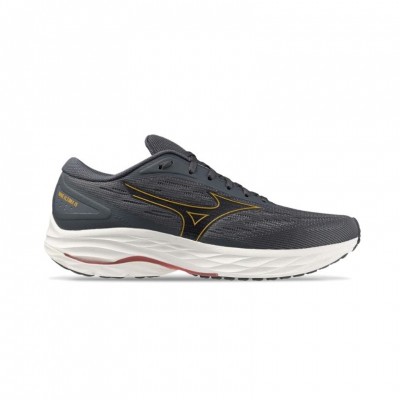Yes, of course it is! If this case of excessive heel strike is a reality in your day-to-day life as a runner, you should do everything you can to improve your running technique. It will be one of the keys to become more efficient, but also to reduce possible injuries. That's why at RUNNEA we advise you to try the Powerinstep lightweight instep weights method as an efficient and safe alternative to achieve this improvement.
Heel strike is one of the most common mistakes made by runners. An action that goes against nature, because the natural way to support the human foot is to impact with the midfoot or metatarsals. In fact, there is data indicating that 85% of runners impact with the heel.
Less deceleration in the impact phase, less effort in each impulse.
To put it in context, you will have heard of the famous phases of the gait cycle. Much of the literature on this subject mistakenly lists three phases, but there are actually four phases:
- impact (or landing).
- support (or cushioning).
- impulse (or take-off).
- flight (or recovery).
If we focus our attention on the landing phase, we must be aware that the impact on the ground itself will slow us down. In this sense, our main objective as runners, regardless of the level, is to reduce this impact, since the maxim is that the less deceleration, the less effort in each impulse, and therefore, we will get less tired and enjoy more in each training session.
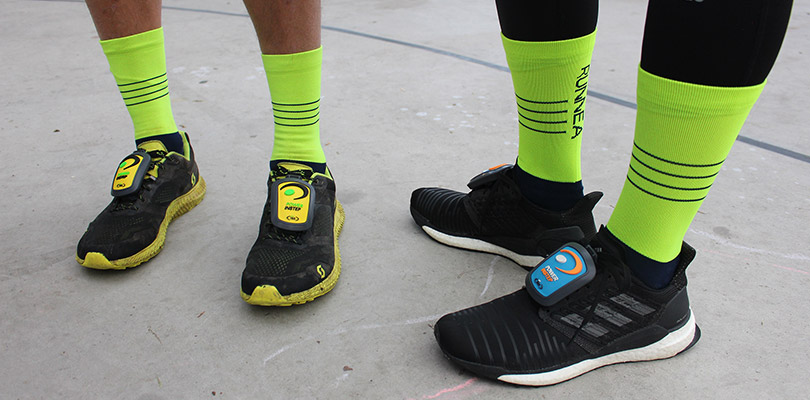
Better running efficiency, less contact time
On the other hand, it is also important to point out that this impact phase during the stride cycle can be carried out in three different ways:heel, midfoot (plantar base) and metatarsal (toe).
As a general rule, according to the different types of athletes, it can be said that:
- Sprinters impact with the metatarsals, and have the least contact time with the ground.
- Middle-distance and long-distance runners impact with the midfoot, and have an intermediate contact time with the ground.
- Long distance runners impact with the heel, and have the longest contact time with the ground.
This foot-to-ground contact time will determine your running efficiency. Thus, the fastest runners have the shortest ground contact time. So, the evidence is clear: running on the heel means running with a less efficient running technique, since we are forced to accumulate more force in the impact phase. This means that there is a greater muscular strain, and the risk of injury is higher.
"The risk of injury for a heel runner increases the further forward his feet are in relation to his center of mass at the moment of impact (the greater his heel angle)," point out the different studies that have been carried out by Powerinstep, a pioneer in the use of lightweight instep weights to help the athlete run more efficiently.
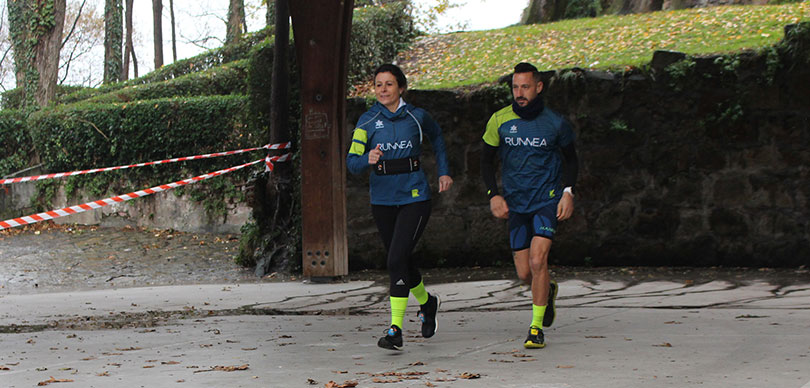
What options do I have to improve my running technique?
In order to improve our running technique, the options proposed for runners before the appearance of instep weights are as follows:
- Incorporate running technique exercises in our training plan.
- Reduce the drop of the running shoes we use in training and/or competition.
- We could also consider the option of minimalism, but this option is too radical and carries a high risk of injury to the soles of the feet.
The biggest handicap of running technique exercises is that we are obliged to have a good "proprioception". A very complicated task because, in general, the runner's real awareness of his or her own technical execution is usually rather deficient, and this requires supervision by a qualified professional in the field, as well as personalized follow-up for months.
In relation to the option of reducing the drop - not to be confused with the geometry of the midsole - a progressive adaptation process is also required. Only if you follow the guidelines of a significant reduction in weekly mileage with the new drop and progress from there for several months, this will be a good option.
Fourth option, an advise from RUNNEA: put into practice the method proposed by Powerinstep. We tell you about it below.
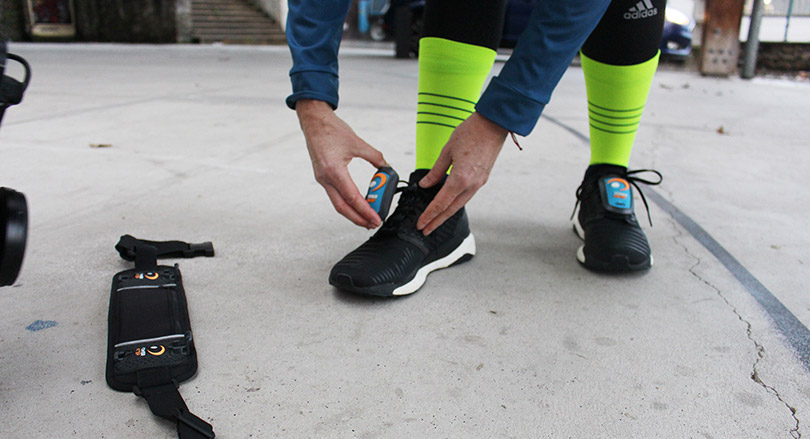
Discover the Powerinstep method, the most efficient and safe alternative to reduce your heel angle!
We attest that the Powerinstep method favors a reduction of that heel angle in a natural way, barely noticing it, and maintaining all your training routines, without the need to reduce or modify your routines. Our team at #Runtester have tested these lightweight instep weights, and the results have been satisfactory.
The key to the success of the Powerinstep lightweight instep weights is that, during the stride cycle, the foot lands slightly earlier, slightly shortens the stride, and even increases cadence smoothly.
Best of all, this method does not change training plans, does not reduce training distances, no loss of time; at the same time it reduces the risk of possible injuries such as plantar fasciitis or Achilles tendonitis. In other words, if you add Powerinstep to your routines you will be able to reduce deceleration at impact, and with less effort, which translates into better running efficiency.
In addition, the ability to modify heel strike angles in a few seconds makes the Powerinstep method a 100% safe option, preventing further injury.
On the other hand, the Powerinstep method is also presented as a perfect complement to running technique exercises, improving the execution processes.
We invite you to discover this method on its official website, but also to read the full review of our RUNNEA TEAM members.
Read more news about: Running News
